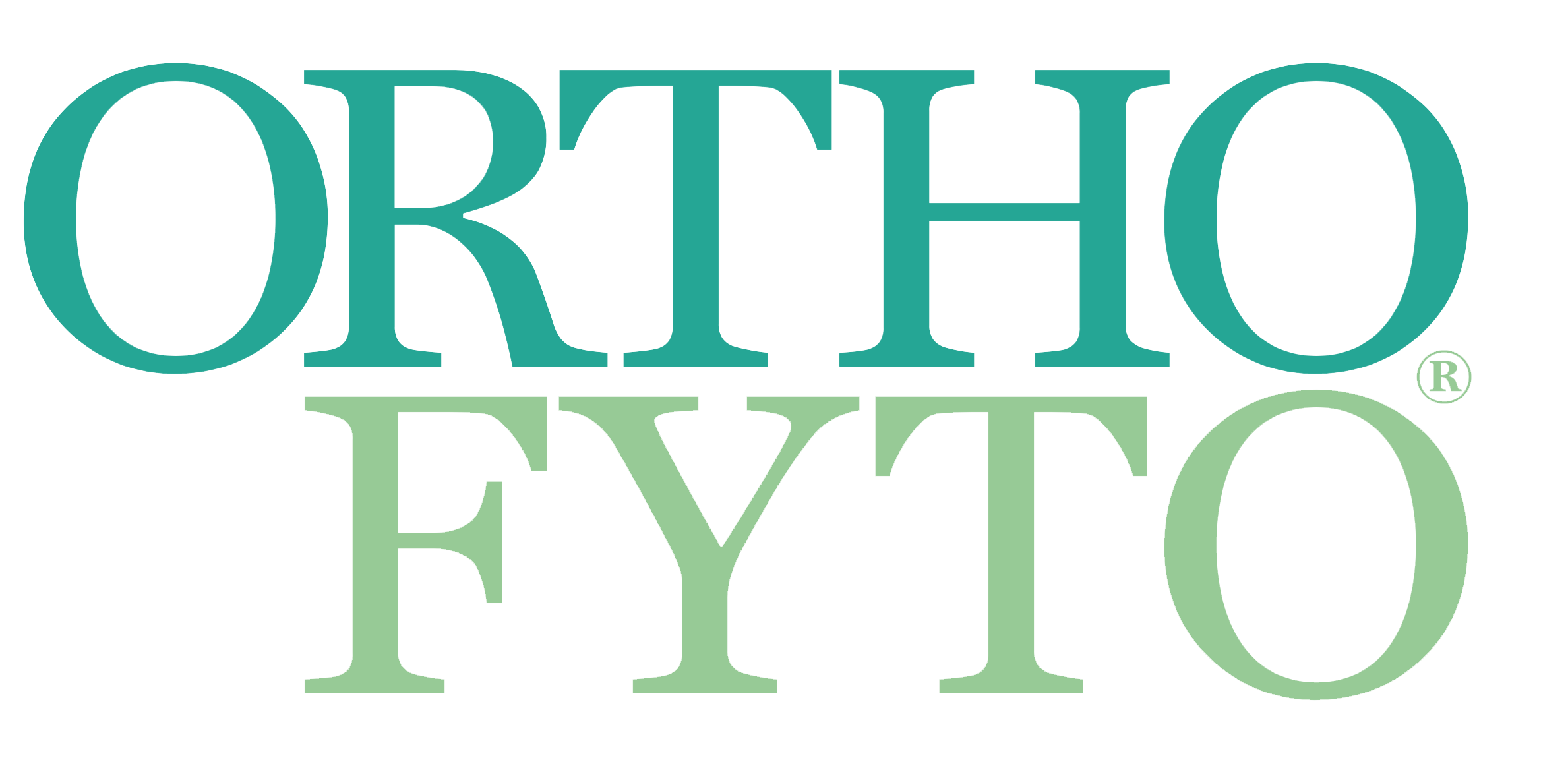Italiaanse strobloem, een unieke parel op de huid
18 Aug, 2025
Door Geert De Vuyst
De uit Corsica en de Balkan afkomstige Italiaanse strobloem essentiële oliën zijn parels in de aromatherapie, zowel qua geurkwaliteiten als klinische toepassingen. De kerrieplant is traditioneel gekend voor een anti-ecchymotische werking (bij kneuzingen of blauwe plekken) en anti-oedeemwerking en speelt een rol bij huidherstel en littekenvorming. Onderzoek naar deze eigenschappen is beperkt en legt zich voornamelijk toe op de externe, lokale toepassing op de huid, waarbij Italiaanse strobloem essentiële olie een unieke combinatie van eigenschappen biedt.
Het Helichrysum geslacht uit de composietenfamilie (Compositae of Asteraceae) telt meer dan duizend soorten die op het Europees continent voornamelijk in de mediterrane landen gedijen. De naam is afgeleid uit het Grieks: helios (zon) en chryos (goud), een verwijzing naar de lichtgele bloem.1
Italiaanse strobloem essentiële olie (ISEO) wordt gewonnen door distillatie van stengels, blad en bloem (bloeiende top) van uit Corsica en de Balkanlanden afkomstige H. italicum (synoniem H. italicum subsp. italicum), een winterharde halfheester met grijze behaarde naaldvormige bladeren en gele bloempjes, ook kerrieplant genoemd (Engels: everlasting, helichrysum, curry plant; Frans: Immortelle, Hélichryse). Een aantal andere soorten uit het geslacht is gekend in de aromatherapie, waaronder de Corsicaanse H. italicum subsp. serotinum. De oogst gebeurt in de vroege zomermaanden, net voor de plant in volle bloei staat. Naast ISEO zijn ook het hydrolaat en een maceraat van de bloemen in een plantaardige olie (zoals olijfolie) gebruikelijk.
Rhind omschrijft de geur van ISEO als krachtig, rijk, zoet, honingachtig, fruitig en theeachtig, met een warme en kruidachtige dry-out en deelt ISEO op in de bloemen/bloemige familie, naast roos en roosachtig geurende extracten zoals geranium en palmarosa.2 ISEO kent een opvallende variatie in biochemische samenstelling. Essentiële oliën (EO) afkomstig uit Corsica bevatten voornamelijk nerylacetaat, curcumeen en italidionen, terwijl EO uit landen uit de Balkan, waaronder Italië en Servië, hoofdzakelijk alfa-pineen en gammacurcumeen bevatten.3,4 Ook bèta-caryofylleen maakt in lage concentratie deel uit van ISEO. In 2022 vergeleek Kunc de samenstelling van ISEO en het hydrolaat van de stengels met bladeren (zonder de bloemen) van één- en tweejarige planten geoogst voor de bloeitijd in Slovenië en Kroatië. Zowel de samenstelling als het gehalte aan bestanddelen bleken afhankelijk te zijn van de levensfase van de plant, de bodem en andere omgevingsfactoren zoals genetische factoren.5
Lees het gehele artikel vanaf pagina 42 in OrthoFyto 4/25.
Wilt u het gehele artikel als PDF bestand ontvangen? Bestel het dan hier voor € 3,50.
Bronvermelding
1. Antunes Viegas D, Palmeira-de-Oliveira A, Salgueiro L, Martinez-de-Oliveira J & Palmeira-de-Oliveira R. Helichrysum italicum: From traditional use to scientific data. Journal of Ethnopharmacology 2014;151(1):54–65.
2. Rhind J. (2014). Listening to scent. Singing Dragon.
3. Genčić M, Aksić J, Živković Stošić M, Randjelović P, Stojanović N, et al. Linking the antimicrobial and antiinflammatory effects of immortelle essential oil with its chemical composition – The interplay between the major and minor constituents. Food and Chemical Toxicology 2021;158:112666.
4. Bianchini A, Tomi P, Bernardini A, Morelli I, Flamini G, et al. A comparative study of volatile constituents of two Helichrysum italicum (Roth) Guss. Don Fil subspecies. Flavour and Fragrance Journal 2003;18(6):487–491.
5. Kunc N, Frlan A, Baričevič D, Kočevar Glavač N & Kokalj Ladan M. Essential Oil and Hydrosol Composition of Immortelle (Helichrysumitalicum). Plants 2022;11(19):2573.
6. Lourens A, Viljoen A & van Heerden F. South African Helichrysum species: A review of the traditional uses, biological activity and phytochemistry. Journal of Ethnopharmacology 2008;119(3):630–652.
7. Kramberger K, Kenig S, Jenko Pražnikar Z, Kočevar Glavač N & Barlič-Maganja D. A Review and Evaluation of the Data Supporting Internal Use of Helichrysum italicum. Plants 2021;10(8):1738.
8. Voinchet V & Giraud-Robert A. Utilisation de l’huile essentielle d’hélichryse italienne et de l’huile végétale de rose musquée après intervention de chirurgie plastique réparatrice et esthétique. Phytothérapie 2007;5(2):67–72.
9. Bojilov D, Manolov S, Ahmed S, Dagnon S, Ivanov I,et al. HPLC Analysis and In Vitro and In Silico Evaluation of the Biological Activity of Polyphenolic Components Separated with Solvents of Various Polarities from Helichrysum italicum. Molecules 2023;28(17):6198.
10. Andjić M, Božin B, Draginić N, Kočović A, Jeremić J, et al. Formulation and Evaluation of Helichrysum italicum Essential Oil-Based Topical Formulations for Wound Healing in Diabetic Rats. Pharmaceuticals 2021;14(8):813.
11. Lemaire G, Olivero M, Rouquet V, Moga A, Pagnon A, et al. Neryl acetate, the major component of Corsican Helichrysum italicum essential oil, mediates its biological activities on skin barrier. PLOS ONE 2023;18(3):e0268384.
12. Zeremski T, Šovljanski O, Vukić V, Lončar B, Rat M, et al. Combination of Chromatographic Analysis and Chemometric Methods with Bioactivity Evaluation of the Antibacterial Properties of Helichrysum italicum Essential Oil. Antibiotics 2024;13(6):499.
13. Šovljanski O, Aćimović M, Tomić A, Lončar B, Miljković A, et al. Antibacterial and Antifungal Potential of Helichrysum italicum (Roth) G. Don Essential Oil. Antibiotics 2024;13(8):722.
14. Barbaud A, Kurihara F, Raison‐Peyron N, Milpied B, Valois A, et al. Allergic contact dermatitis from essential oil in consumer products: Mode of uses and value of patch tests with an essential oil series. Results of a French study of the DAG (Dermato‐Allergology group of the French Society of Dermatology). Contact Dermatitis 2023;89(3):190–197.
